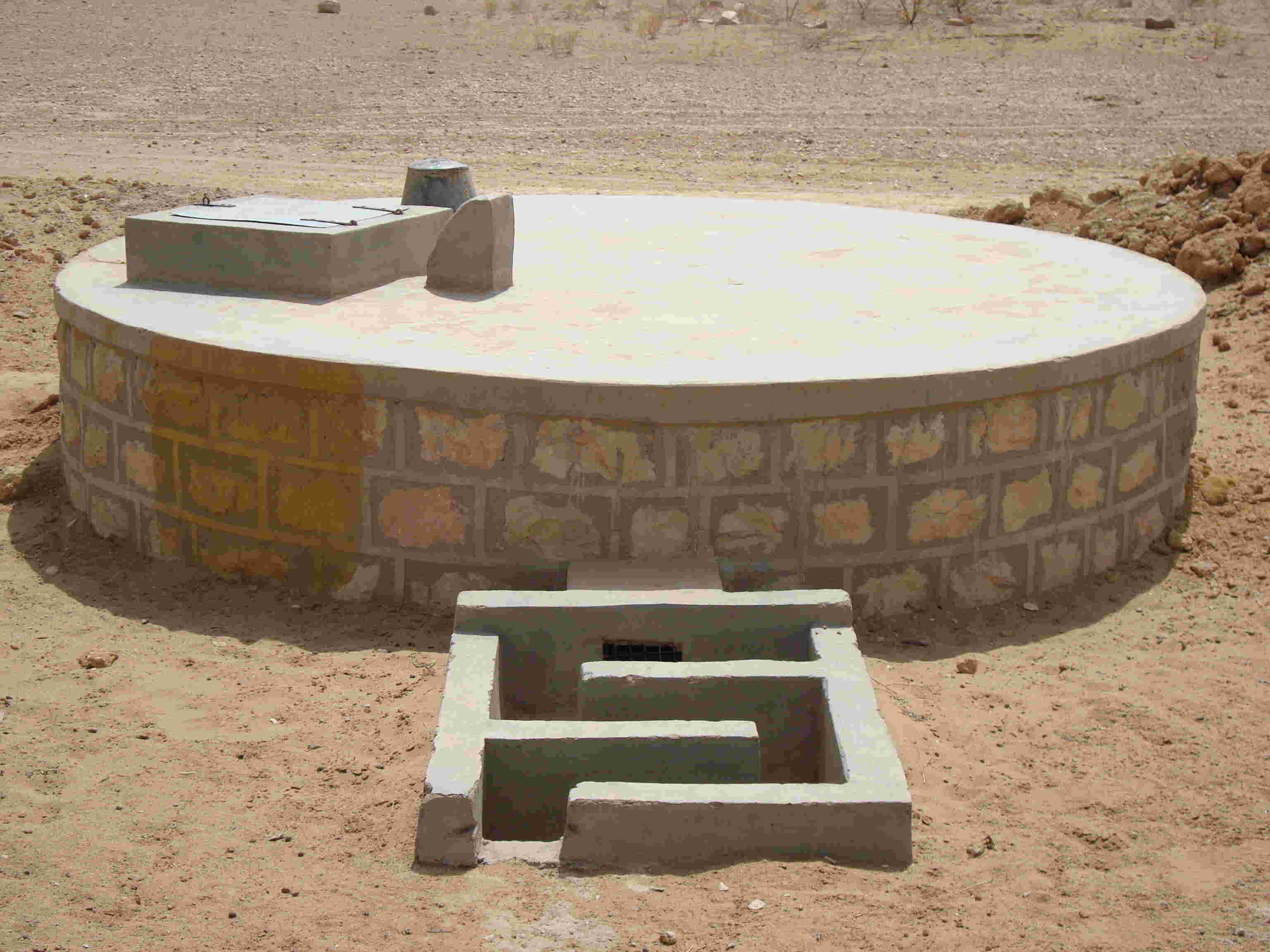People-centric solution
Water scarcity is a problem running parallel to climate change and can be addressed through participatory approach; write Shankar Prasad Sarma & Himani Aggarwal

Climate change is disrupting weather patterns — leading to extreme weather events, unpredictable water availability, exacerbating water scarcity and contaminating water sources. Globally, nearly 74 per cent of natural disasters between 2001 and 2020 were water-related, including droughts and floods. The frequency and intensity of such events are only expected to increase with climate change.
It's not India alone. The Climate Change Report, 2022 of the Intergovernmental Panel on Climate Change states that approximately 3.3 to 3.6 billion people are highly vulnerable to climate change. A very probable increase of 1.5 degrees Celsius in the near term from 2021 to 2040 would cause multiple climate hazards — critically affecting ecosystems and humans, even inundating large swathes of inhabited lands on account of rising sea levels. Beyond 2040, climate change would be a worst catastrophe.
But the rising temperatures alone would not be a challenge to reckon with. Water scarcity would be an issue to grapple with in the long run. Acknowledging the issue, the government has embarked upon a two-pronged approach addressing the demand and supply gaps. The underlying principle is conservation of water and fulfilling the needs of all in an equitable and transparent manner. In this regard, the government has not only created an infrastructure for sourcing piped potable water to the rural households but has also created a unique self-sustaining model. Under the Jal Jeevan Mission (JJM), piped water was made available to 10.44 crore rural households out of overall 19.32 crore rural households as of October 31, 2022, increasing from 3.23 crores on August 15, 2019 — the day Jal Jan Aandolan was launched. JJM embarks on a holistic approach of involving all stakeholders like village communities, NGOs, self-help groups, etc. in locally securing water resources by conserving water, resurrecting neglected water bodies and aquifers and transparently supplying water to each rural household. The motto of the mission is a water-enlightened village (jal prabudh gaon) that will lead to a self-reliant India.
But the success story does not stop here. This mission has given wings and recognition to water warriors who have not only resurrected neglected water bodies but also educated village communities about the ways and necessities of water conservation. Swami Krishnanand is one such crusader who has desilted a two-century old pond for rainwater harvesting in his village Pachkhura Bujurg of Hamirpur District which falls in the parched zone of Bundelkhand region. There are several such success stories. The village community of Jakhni village in Banda District has revived six ponds and 30 wells, and also replenished the groundwater table by adopting traditional methods of water conservation. "Khet par med, med par khet" (Ridge on land and trees on a ridge), is the popular slogan of the community here. The Forest Survey Report 2022 reported an increase of 2,261 sq. km in the total forest and tree cover of the country in the last two years, mostly in rural areas.
With the rural sector galvanised by the efforts of the Jal Jeevan Mission, it is only imperative for the urban areas to also pitch in. Mandatory rainwater harvesting law and strict enforcement would go a long way for a start.
In Assam and Meghalaya, the land endowed with rich water resources and with an annual rainfall of 2,263 mm and 2,050 mm respectively, it's heartening to see big ponds outside every rural household which double up as fish ponds and occasionally irrigation water, and also elaborate bamboo-based channels on roof tops for trapping rain water. Rain water harvesting has been a hallmark of each community of the region.
However, rainwater harvesting and water-body conservation are critical for water-scarce states like Haryana and Rajasthan where annual rainfall is 615 mm and 504 mm, respectively, and given the exponential urbanization in certain districts, particularly in Haryana. A participatory approach would help replenish water bodies like Badkal, Damdama, Badshahpur etc. Besides, maybe acknowledging the issues pertaining to water may inspire the communities to create manmade lakes like Raj Sammand, Bal Sammand, Pichhola, Amar Sagar, Garsisar etc. which Rajasthan is famous for. The need of the hour is now, as data from the Central Groundwater Board reported that out of 108 blocks in Haryana, groundwater level is critical in 11 blocks, over exploited in 55 blocks and semi critical in 5 blocks. This is reason enough to nudge, persuade or enforce the already mandatory rainwater harvesting system and participatory efforts in water conservation, and to decrease reliance on tanker water extracted from the limited groundwater.
Climate change results from excessive presence of carbon dioxide in the environment. The best way to clean it up is by planting trees. The second-best way would be to eliminate carbon by reducing its usage by adopting alternative energy sources like hydrogen, electricity etc. But till global warming is reversed, we need to preserve the resources which are critically threatened by it, water. Climate resilient development should be adopted by synergising the resources of governments, civil society and the private sector to make inclusive development choices. In this regard, enabling policies and infrastructure has been successfully laid down by the government, and it's heartening to see the success in the rural areas. It's time for the urban areas to also pitch in and catch the rain when it falls and where it falls!
Writers are from the Economic Advisory Council to the Prime Minister of India. Views expressed are personal



